By Musa Kamara (PO’22)
2019 has thus far seen the emergence of an ever-growing field of candidates hoping to challenge President Donald Trump. Among the field are individuals with a variety of personalities, ideologies, and levels of visibility; senators, representatives, governors, and mayors all run alongside one another. One of the more well-known figures in the Democratic camp is Kamala Harris, California’s junior senator who assumed office in early 2017. Harris, who announced her candidacy on January 21 and is just the second black woman to serve in the U.S. Senate, has compiled a platform addressing issues such as health care, immigration, and gun policy, among others. One of the more notable facets of Harris’s platform is her plan for education, or more specifically, her plan to dramatically increase the salaries of public school teachers. Although many of the other candidates have not yet released a K-12 education plan, Harris’s plan has already garnered attention as apparently “the largest federal investment in teacher pay in American history,” especially amidst the recent continuous onslaught of teacher strikes.
Harris’s campaign website, entitled “Kamala Harris: For the People,” provides a brief overview of what she plans to implement in terms of education should she be elected president. She proposes an average raise of $13,500 for teachers, citing that “public school teachers earn 11 percent less than similar professionals, teachers are more likely than non-teachers to work a second job, and the average teacher makes $1,000 less than 30 years ago.” Harris calls this trend a “national failure that’s holding America back.”
According to Money, a personal finance magazine, the average salary of an American public school teacher in 2016 was $58,353. Harris’s plan would bring that average to $71,853. It would increase average teacher pay by 23 percent, a particularly notable figure considering the fact that average teacher pay has seen a 1.6 percent decrease from 1999 to 2017. Seeing as there were about 3,126,000 public school teachers in America in 2016, Harris’s plan would increase budget expenses associated with teacher pay from approximately $200 billion to approximately $220 billion. It would increase average teacher pay by 23 percent, particularly notable considering the aforementioned decreasing trend.
In an op-ed with the Washington Post, Harris outlined how she planned to bring the teacher pay raise to fruition. Harris ultimately seeks to narrow or completely close the gap between the current pay for teachers and the current pay for professionals who have similar levels of education, which, in 2017, stood at a difference of $350 per week. Accordingly, her plan proposes that the federal government give each state the first 10 percent needed to close the teacher pay gap. Following that first 10 percent, the federal government would continue to supplement each state’s efforts at reducing the gap, investing $3 for every one additional dollar that each state contributes to increasing teacher pay. This process would continue until the teacher pay gay was entirely closed. States would be required to maintain their investment over time and to increase that amount to account for wage inflation. Additionally, the plan includes funding for a multi-billion-dollar investment into “evidence-based” programs aimed at elevating the profession of teaching in general. Half of this funding will be allocated to institutions that have historically served minorities, for example, historically black colleges and universities.
In total, Harris’s proposal would cost about $300 billion over a span of 10 years. In order to fund the plan, Harris detailed that she would like to increase the estate tax for the top 1 percent of taxpayers and crack down on any loopholes that “let the very wealthiest, with estates worth multiple millions or billions of dollars, avoid paying their fair share.” This strengthening of the estate tax would effectively reverse the effects of 2018’s Republican-led tax reform bill, which was considered a win for the wealthy.
Harris’s plan has received both glowing endorsements from groups like the American Federation of Teachers and much more skeptical critiques. Its symbolic implications, however, are clear. The plan, if implemented, would represent a win for teachers that would counter the recent trend toward what may be a devaluation of the teaching profession. Of course, the feasibility and implementation of the plan rest entirely on the back of two outcomes that we cannot even begin to predict at this point in time: Harris winning the Democratic nomination and the presidency, and a major scale-back of the tax reform bill, which is perhaps just as difficult considering the Republican-dominated Senate. Though the likelihood of both events occurring seems unlikely now, Harris’s education plan indicates both a noteworthy moment in education policy history, and perhaps the beginning of what will be a number of ambitious campaign proposals from 2020’s candidates.

